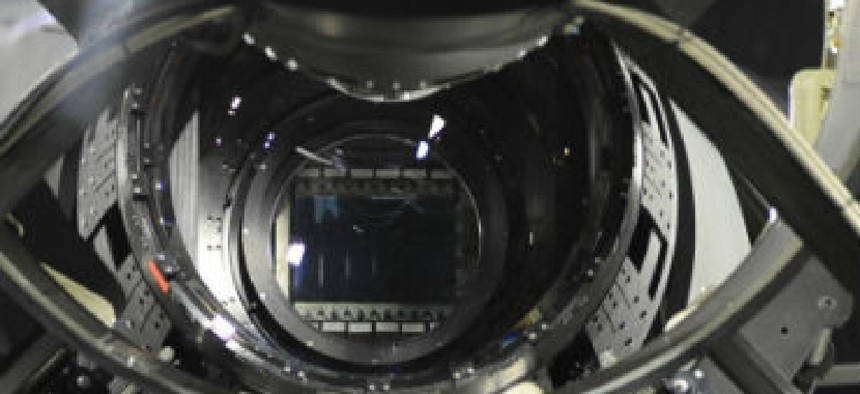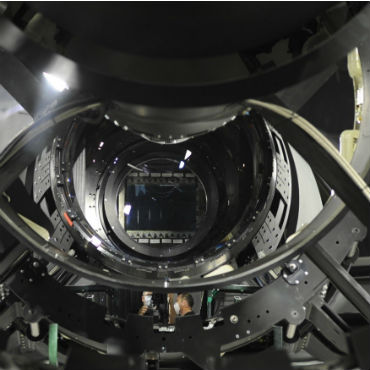DARPA transfers powerful space telescope to the Air Force

The Air Force Space Command is taking over operations of a sophisticated telescope built to survey and track space debris and satellites.

The Space Surveillance Telescope detects and monitors objects at tremendous distances, which can help prevent collisions in space. (Photo courtesy of the Defense Department)
The Defense Advanced Research Projects Agency has formally transferred ownership of a sophisticated space telescope built to survey and track satellites and space debris in Earth's orbit to the Air Force Space Command.
The Space Surveillance Telescope, which had been stationed for testing on a New Mexico mountaintop, will be relocated to the Harold E. Holt Naval Communication Station in Australia, where the Air Force will operate the facility jointly with the Australian government.
First powered on in 2011, SST detects and monitors objects at tremendous distances through a wide field of view. Such capabilities can help prevent collisions in space.
"The SST has moved space situational awareness from looking through a drinking straw to a windshield view, where we can see 10,000 objects the size of a softball at a time -- any of which could put satellites at risk," said Lt. Col. Travis Blake, a DARPA program manager. "This program has already helped revolutionize ground-based space surveillance technology. From its new location, it could greatly expand the capability of the United States, Australia and other nations to keep their space assets safe."
Because of its advanced technology, power and relocation to Australia, the telescope "will provide key observations of a strategic area of the geosynchronous belt that until now has remained largely out of view and unobserved," DARPA Deputy Director Steven Walker said. "Few areas of DARPA research are as important to the future of U.S. and global security."
The ability to capture real-time awareness of activity in space is a top national security priority for the Defense Department, Walker added. "[DARPA's] programs envision unprecedented, real-time command, control, detection and tracking of space assets. This is where SST fits in."
Additionally, the telescope can aid space mission assurance projects, quickly discover new objects and help determine and trace orbiting patterns of newly discovered objects in deep space.
The transfer of SST's ownership to the Air Force and its move to Australia have been in the works for some time. In 2013, then-Secretary of Defense Chuck Hagel signed a memorandum of understanding with Australia to relocate the telescope.
The transfer represents "a giant leap forward in space cooperation with the United States and Australia," said Maj. Gen. Nina Armagno, director of strategic plans, programs, requirements and analysis at the Air Force Space Command. "It not only benefits each of our respective nations, but it benefits anyone that uses space across the globe."


